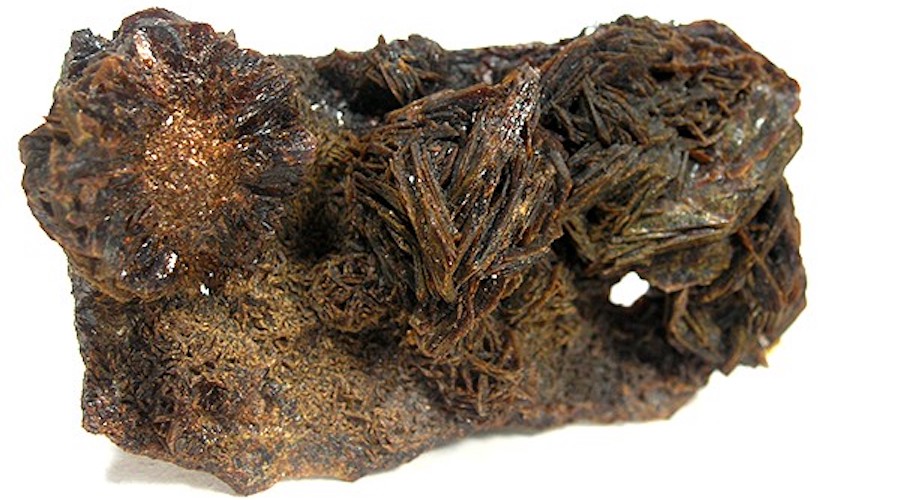
The yellow-brown mineral was detected with X-ray absorption testing and electron microscopy in samples found below 1000 metres depth
In detail, the researchers believe their discovery backs a theory that suggested that Mars may have been covered by an ice blanket billions of years ago and that this coverage had dust blowing into it, thus, leading to the formation of jarosite in ice pockets.
In Antarctica, the team led by Giovanni Baccolo from the University of Milano-Bicocca detected the yellow-brown mineral with X-ray absorption testing and electron microscopy in samples found below 1000 metres depth.
Jarosite was adhering to residual silica-rich particles, which have been identified in the Talos Dome ice core and interpreted as products of weathering involving aeolian dust and acidic atmospheric aerosols.
“The progressive increase of ice metamorphism and re-crystallization with depth, favours the relocation and concentration of dust and the formation of acidic brines in isolated environments, allowing chemical reactions and mineral neo-formation to occur,” their paper reads. “This is the first described englacial diagenetic mechanism occurring in deep Antarctic ice and supports the ice-weathering model for jarosite formation on Mars.”
Even though their findings back the model, they still have to come up with a solid explanation as to why Antarctica contains small amounts of jarosite while on the red planet the mineral is found in large slabs.




